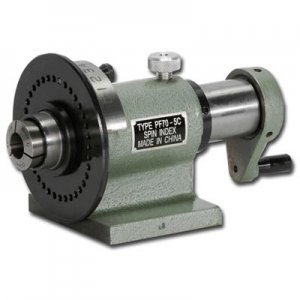After reading the request/ideas that people have posted in this thread, I am having trouble raping my mind around a way to proceed. It seems to me that this website accomplishes dispensing the requested information. I love machines. So i acquired some, to begin with a lathe. The manual that came with the lathe was very instructional about how it operated. A machine shop text book borrowed from a friend complimented the machine by offering "how too's" on specific tasks. The learning has begun.........30 35 yrs ago I certainly knew nothing about computers and had no access to the internet. Knowing what I know now and the path my self taught education about machine work, I recognize that this form and other's like it would be a perfect place to bring questions, "like why am I getting this chatter?" or really what ever my specific problem was. Not to be a buzz kill, but in my mind this thread would be a redundancy of the forum it self, because the topic is so large. It will be interesting to see how we proceed from here.
Tim
Tim

